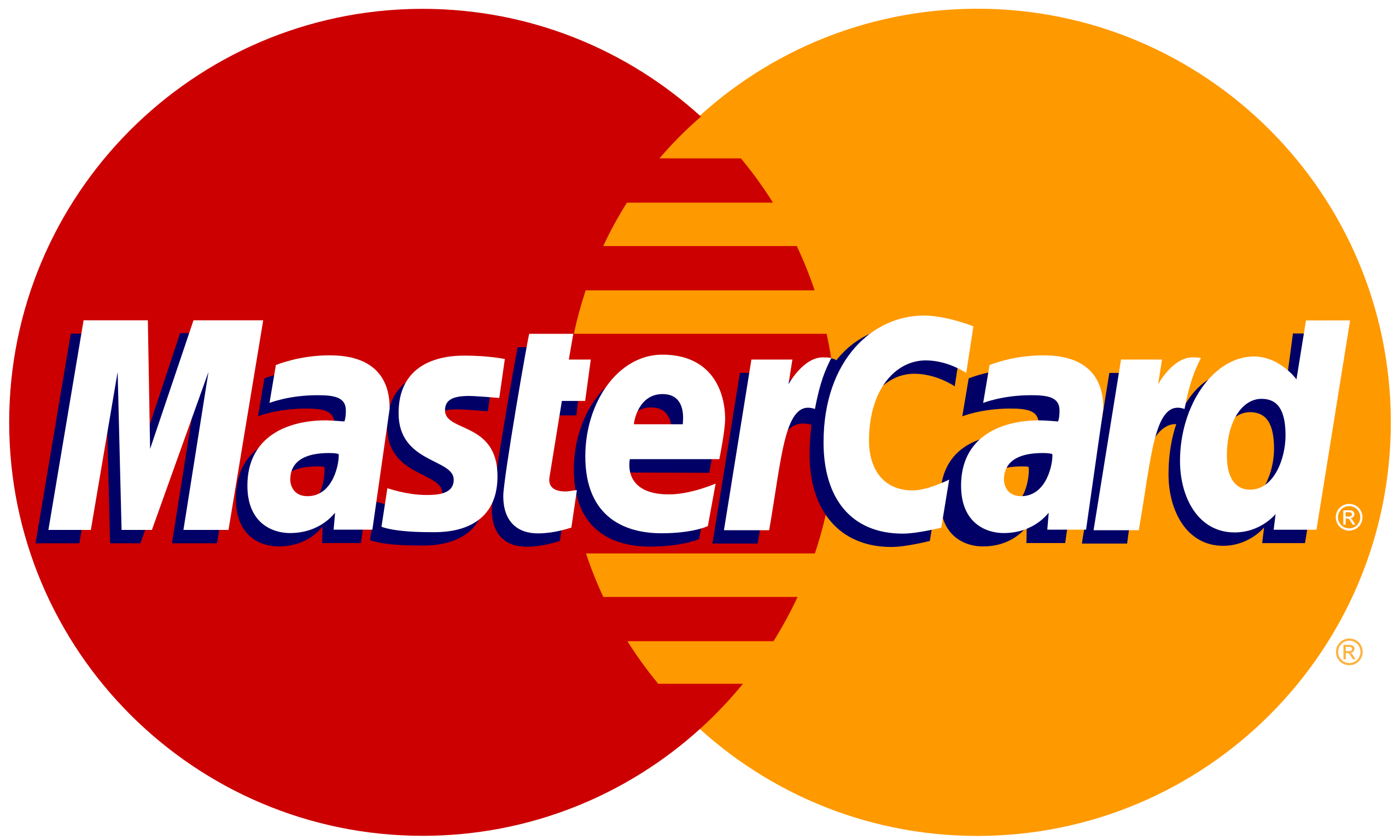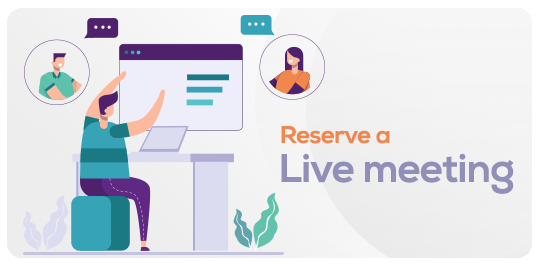What you will learn?
Introduction to The Yellow Belt
Lean Six Sigma Belt Roles
Primary Problem solving
Manage the project portfolio
The PDCA Improvement cycle
The Phases of DMAIC (i)
The Phases of DMAIC (ii)
Successful teams
About this course
Lean Six Sigma Yellow Belt Certification
Welcome to Lean Six Sigma Yellow Belt Training - the second level of certification that builds upon the basic concepts of Lean and Six Sigma. As a globally accredited Yellow Belt, you will be the first line of defense for the organization and will have the skills to understand issues, identify the root cause and implement solutions that improve results and create a better workplace.
Who needs this certification?
Candidates for Yellow Belt certification are the millions of employees on the front lines. Whether the frontline is in a warehouse, a production line, a retail store, a delivery truck, a hospital, a call center or on a farm, these are the people who we rely upon to get the daily work done. Frontline workers are pressured by daily targets and are constantly confronted or interrupted by repetitive issues that delay or minimize the quality and the speed of their work. That's what Yellow Belt Certification is for.
Benefits
Day
after day, the Yellow Belt will identify issues that impede their ability to
meet their performance targets. And as a team, the skilled Yellow Belts will
quickly collaborate to understand the root cause and create a plan to solve it.
Actions are taken and results are tracked. The problem is either resolved or
the problem is skillfully escalated to a Green Belt. Approximately 80% of
all problems can be solved at the frontline by teams of Yellow Belts...a
whopping 80%!
Key features of our courses
- Global Accreditation.
- Master Black Belt Instructors.
- Fresh and Modern Approach.
- 100% Online Video Course can be completed in ~4 Hours.
- Examples and Practices from diverse Industries.
- Interactive Workbook.
- All Templates in Excel for Easy Access.
- 5 Attempts at passing the quizzes and final exam!
Skills covered:
- Lean Six Sigma Roles and Responsibilities.
- The Fishbone Diagram - Ishikawa - Brainstorming that leads into 5 Why's. (Template included!)
- The 5 Why's problem-solving technique. (Template included!)
- The Plan-Do-Check-Act Cycle - what is it, and how do we use it?
- A Basic Guide to Being a productive team member on a Green Belt Project.
The Impact of Lean Six Sigma Yellow Belt on Business Efficiency and Front Line
A
Lean Six Sigma Yellow Belt - along with their colleagues - has the skills to
quickly recognize, fix and prevent problems and issues. These daily problems
that cause poor quality, slow processes, rework, overtime, excessive inventory,
duplication of efforts, missing/inaccurate information, etc. cost
organizations an average of 20% of their revenue, so a company that generates
$10m in revenue can easily be throwing away $2m just because of daily problems
that go unchecked. Having the frontline and frontline management skilled up
with Yellow Belt is the best way to ensure service and product quality,
speed and reduced costs.
After successful completion of this course, you will have the skills to identify and solve problems at the source.
Suggested by top companies
Top companies suggest this course to their employees and staff.





FAQ
Comments (0)
The role of all participants in Lean Six Sigma projects is to improve an organization.
Competent Yellow Belts can lend extra pairs of hands and eyes to collect data and offer proficient insight into how processes are working. The Yellow Belt level is where all future Six Sigma Green Belts get their start.
Yellow Belt participants who show enthusiasm and the aptitude for Lean Six Sigma can continue training as Green Belts and can then attain even higher belt rankings and greater expertise if they choose to do so.
Now, let’s get started by meeting your instructors.
LSS Yellow Belt Workbook - Please download, Print, or use electronically - However you decide to use this resource, please be aware that you will need your notes in the quizzes and Final exam will only allow you 2 attempts!
In highly successful companies, a common trait is the importance that they place on building highly functioning teams of engaged employees.
Clarifying the different roles and the expectations of each is a key factor for high level engagement.
There are different specific roles involved in a Lean Six Sigma implementation and in this module, we’ll review the roles and the competencies of each.
We have created a simple, but powerful guide to help tackle this issue – we call it Primary Problem-Solving. The focus is…in this order:
#1. Prevent issues where possible.
#2. When we cannot prevent, have a mechanism to detect issues early.
#3. and when issues are detected, be ready with a quick and effective response.
So, Prevention, Detection and Response
In this chapter:
No matter your role in Continuous Improvement, whether you are a Yellow Belt, Green Belt or higher, you should have an idea of how projects are (or should) be selected and what it takes to keep the project portfolio organized and delivering results.
The PDCA Improvement Cycle, is sometimes called the "Deming Wheel," or "Deming Cycle”.
In this chapter we will explore its use, and how it must be followed to ensure sustainable results in any business.
Analysis improvement project.
These phases are Define, Measure, Analyze, Improve and Control.
In this section of the training, we will dive into each phase and share with you the purpose and main milestones of each.
Let’s go through the phases of DMAIC, getting to the heart of an improvement project.
Here is Part 1, then Part 2, followed by the Quiz for both Chapters.
The phases of DMAIC Continued.
If you’ve been on an exceptional team, think about what made the team exceptional?
Vision, spirit, trust, listening.
Somehow, the differences between people became a source of strength instead of an obstacle. Everyone contributed, but the whole was greater than the parts.




.jpg)






